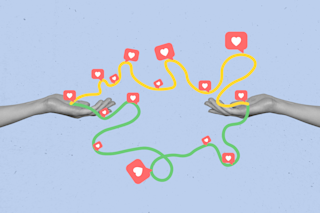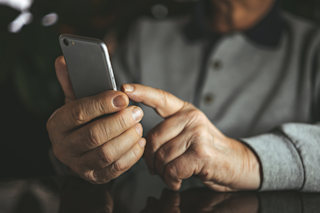It’s happened to all of us. You’re out and about when you notice that your phone is running low on battery. For many, the realization is an annoyance, but for some people, it's a problem with deeper implications. Edging that battery icon back up becomes a goal of singular urgency, a task that lends a frisson of unease to our everyday lives.
At least, that’s what two researchers in Europe found when they surveyed a small group of London commuters about their phone habits. They found a common thread: the battery icon on their phone screen exerted an undue influence over their activities. When juice dipped low, the study respondents described a sense of anxiety and began coordinating their plans to either find a charging station or get home before the dreaded black screen arrived.
It’s an insight that’s not entirely unexpected, but, says Thomas Robinson, a lecturer in marketing ...














